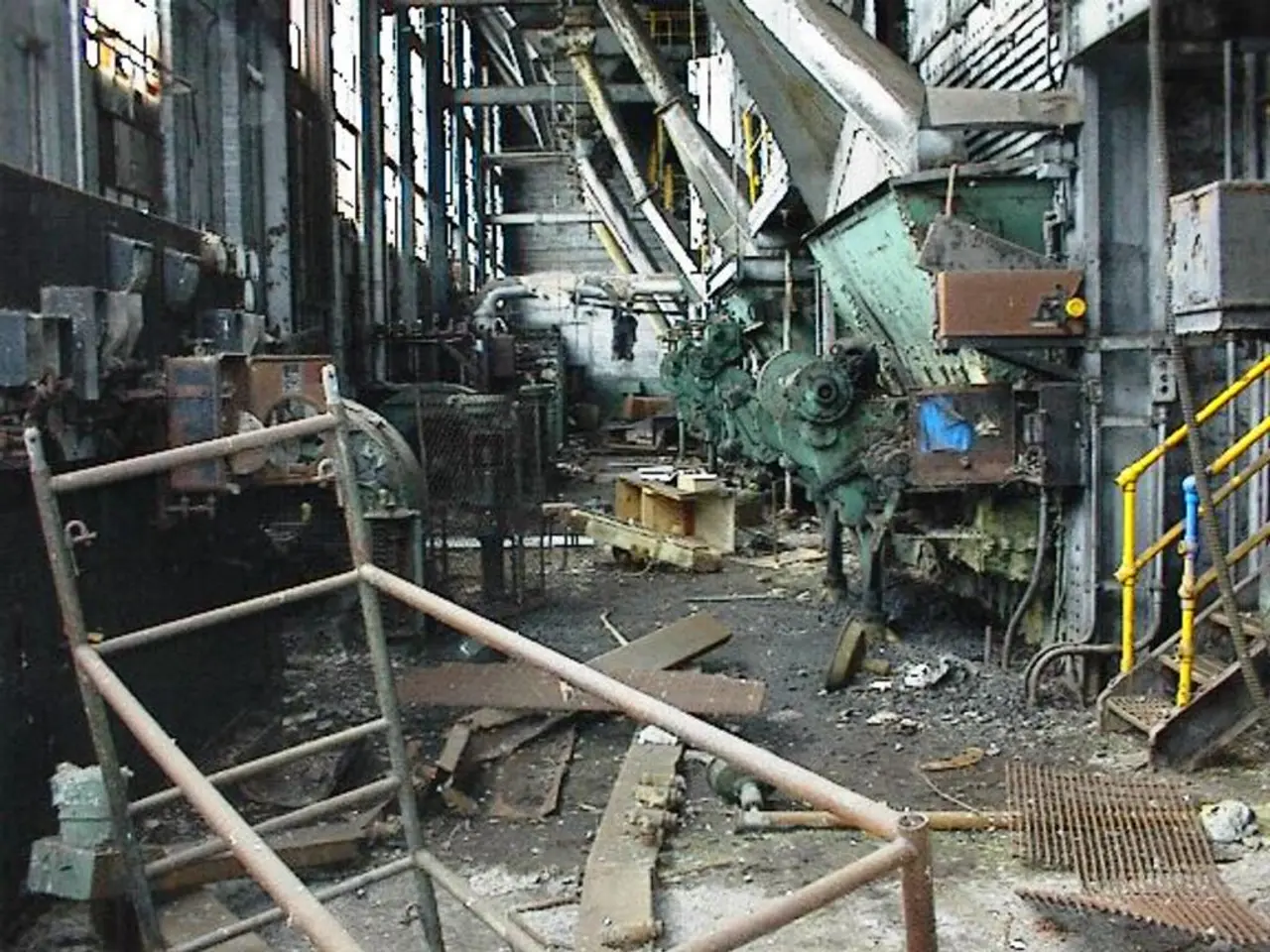Unanticipated growth: The ongoing expansion of industrial manufacturing persists
The German economy is bracing for a period of weak growth, with the Bundesbank forecasting stagnation or minimal growth of around 0.3-0.4% in 2025, after two years of decline. This sluggish performance is partly due to structural challenges, including energy supply dependencies, global supply chain disruptions, cyclical fluctuations, and trade policy uncertainties.
Trade tensions, particularly between the US and Europe, have led to tariff threats that have prompted German companies to frontload shipments, temporarily boosting early 2025 exports but creating uncertainty for sustained demand. The imposition of US tariffs on European imports, notably vehicles, poses a significant risk to Germany's export-driven economy. Cars are among Germany's key exports to the US, valued at approximately EUR 135 billion globally in 2024, with the US a major importer. Tariffs could reduce competitiveness and export volumes, negatively impacting the automotive and related manufacturing sectors.
The energy sector faces indirect pressure from broader geopolitical tensions and supply disruptions. Germany’s energy-intensive industries, including automotive and manufacturing, have been challenged by dependence on Russian gas (around 55% pre-2022) and subsequent energy crises. Transition to renewable sources adds complexity and cost pressures.
Pharmaceuticals are relatively insulated but not immune, facing risks mainly from supply chain disruptions and energy price volatility. The sector benefits from stable demand but must navigate regulatory alignment and potential export barriers.
The construction sector has been declining since 2021, with a forecasted 1.8% real-term contraction in 2025 due to high material costs, weak demand, and falling building permits. Exports are vulnerable to trade barriers, especially as Germany exports machinery and vehicles relevant to construction equipment.
In conclusion, the German economy in 2025 is grappling with subdued growth amid cyclical and structural headwinds. Trade conflicts, especially tariffs imposed by the US, pose significant risks to key industries, notably automotive and construction, which are vital to Germany’s export-driven economic model. Energy dependency and supply chain disruptions further complicate the outlook, underscoring the need for strategic resilience and diversification in these sectors. If a major trade war is averted and the government's investment program takes off, there's hope for sustainable recovery in the German industry.
- The employment policy within the German automotive sector could be significantly impacted by the imposition of US tariffs on European imports, as a reduction in competitiveness and export volumes could lead to job losses.
- Given the German economy's reliance on exports, particularly in industries such as automotive and construction, the finance sector might need to adapt its employment policy to accommodate the potential downsizing in these sectors due to trade conflicts and other structural challenges.




